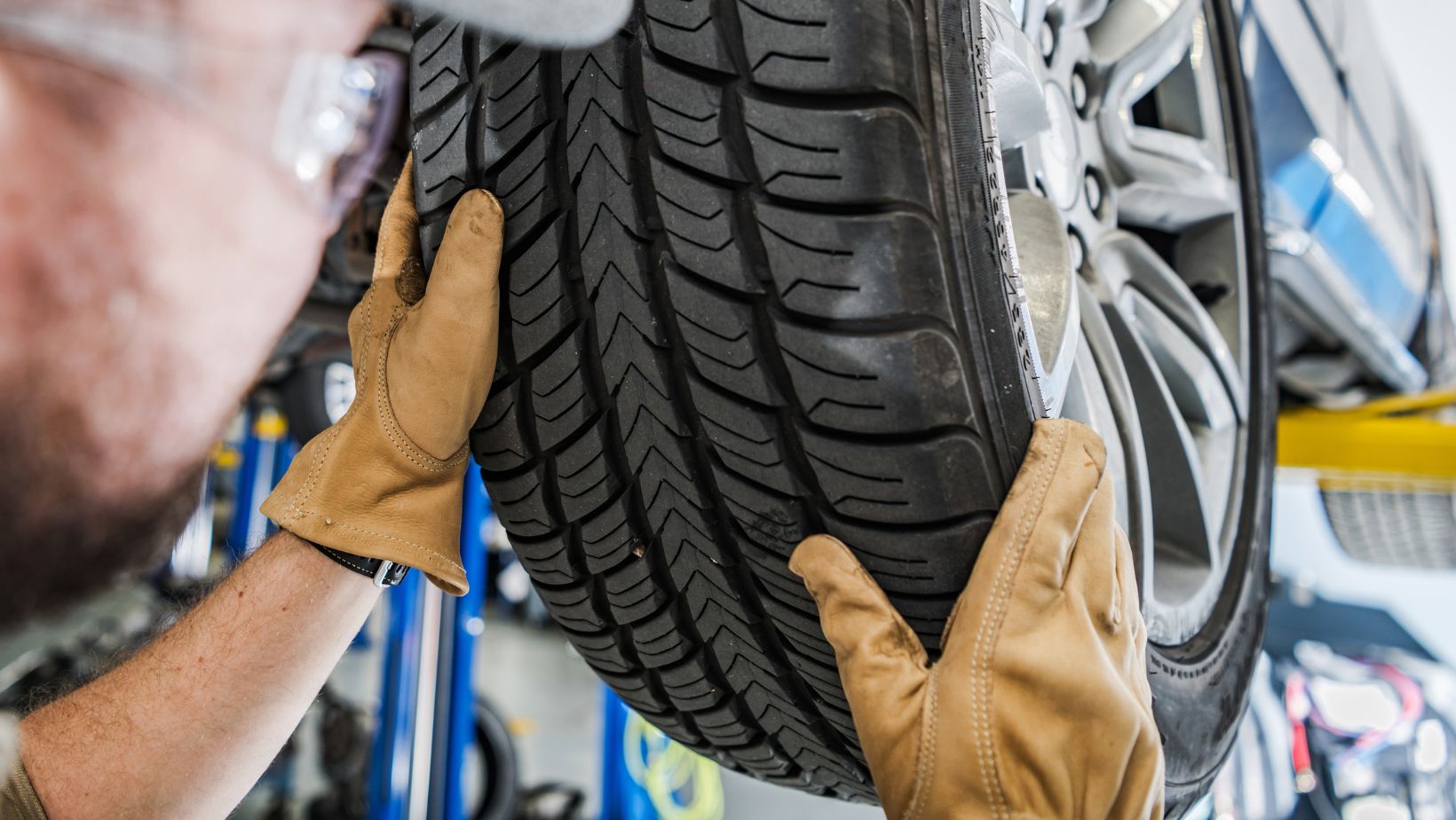Winter tires are essential for navigating icy roads and snowy conditions safely. But many drivers wonder how long these seasonal tires will last and what steps they can take to extend their lifespan.
The short answer is that winter tires typically last 4 to 6 seasons, depending on how they are used and maintained. Let’s delve into the key factors influencing their durability and how you can maximize your investment.
Table of Contents
What Determines the Lifespan of Winter Tires?
Several factors contribute to how long your winter tires will serve you, and understanding these can help you adjust your driving and maintenance habits for better results.
-
Driving Distance and Style
The number of kilometers you drive each winter is a significant determinant. Aggressive habits like hard braking, sharp turns, or rapid acceleration wear down the tread faster. If you’re a daily commuter driving long distances in winter, your tires may not last as long as those used occasionally.
-
Climate and Road Conditions
Winter tires are engineered for snow and ice. Using them on dry or cleared roads for prolonged periods can accelerate tread wear because of their softer rubber compound. Conversely, tires used primarily in snowy or icy conditions, such as Calgary winter tires, may last longer since the tread and compound are optimized for such use.
-
ire Brand and Quality
High-quality brands typically provide better durability thanks to advanced designs and superior materials. Budget-friendly options may save money initially but could wear out sooner, costing more over time.
-
Maintenance Practices
Proper maintenance significantly influences tire longevity. Regular checks for wear and tear, consistent inflation, and alignment adjustments are critical to maximizing their lifespan.
Signs It’s Time to Replace Your Winter Tires
Winter tires lose their effectiveness over time, even with minimal use. Here’s how to determine when they’ve reached the end of their life:
- Tread Depth
A tread depth below 5/32 inches indicates reduced performance in snowy and icy conditions.
- Visible Wear
Cracks, uneven tread wear, or bulges in the tire are clear signs of deterioration.
- Age
Even if the tread looks good, the rubber compound hardens over time, reducing grip. Replace tires older than six years, regardless of their appearance.
- Decreased Performance
If you notice slipping or poor handling on snowy roads, it’s likely time for new tires.
How to Extend the Lifespan of Your Winter Tires
To get the most out of your winter tires, follow these proven tips:
-
Limit Their Usage to Winter Conditions
Winter tires aren’t designed for warm weather. When temperatures exceed 7°C (45°F), their softer rubber compound can wear out quickly.

Switch to summer or all-season tires as soon as winter ends to prevent unnecessary wear.
-
Store Tires Properly During the Off-Season
Proper storing of winter tires is crucial to maintaining tire integrity:
- Clean them thoroughly to remove dirt, salt, and debris.
- Store them in a cool, dry, and dark location. Avoid exposure to sunlight and moisture, which can degrade the rubber.
- Use tire bags or covers to shield them from environmental damage.
-
Maintain Correct Tire Pressure
Cold weather can cause tires to lose pressure quickly, leading to uneven wear. Check the pressure regularly and keep it at the manufacturer’s recommended level. Overinflation or underinflation can both shorten the lifespan of your tires.
-
Rotate Tires Regularly
Rotating your tires every 8,000–10,000 km ensures even tread wear. This practice is particularly important if your vehicle has uneven weight distribution or if you drive on uneven terrain.
-
Avoid Aggressive Driving
Driving smoothly, braking gently, and avoiding sharp turns can reduce the strain on your tires and help them last longer.
Are Winter Tires Worth the Investment?
Considering their cost, many drivers wonder if winter tires are worth it. The answer is a resounding yes if you live in a region with harsh winters. Their specialized tread patterns and rubber compounds improve safety significantly by providing better traction and control in snow, slush, and ice.

To maximize their value, practicing proper maintenance and using them only during winter months is essential. When stored and cared for correctly, even high-quality winter tires can last longer than the typical 4 to 6 seasons, delivering exceptional performance throughout their life.
Common Questions About Winter Tires
How Do I Check My Tread Depth?
Use a tread depth gauge or the quarter test: insert a quarter into the tread groove with the caribou’s head facing down. If you can see the top of the caribou’s head, your tread depth is too low for safe winter driving.
Can I Use Winter Tires Year-Round?
While it’s possible, it’s not recommended. Warm weather can degrade the soft rubber quickly, compromising its lifespan and safety.
What’s the Difference Between Studded and Non-Studded Winter Tires?
Studded tires provide extra grip on ice but are noisier and can damage paved roads. Non-studded tires rely on advanced tread designs for traction, making them suitable for most winter conditions without the drawbacks of studs.
Conclusion
Winter tires are an essential investment for anyone driving in cold, snowy climates. Their lifespan depends on multiple factors, including how you drive, maintain, and store them. By following best practices, you can extend their durability and ensure they perform at their best when needed.




